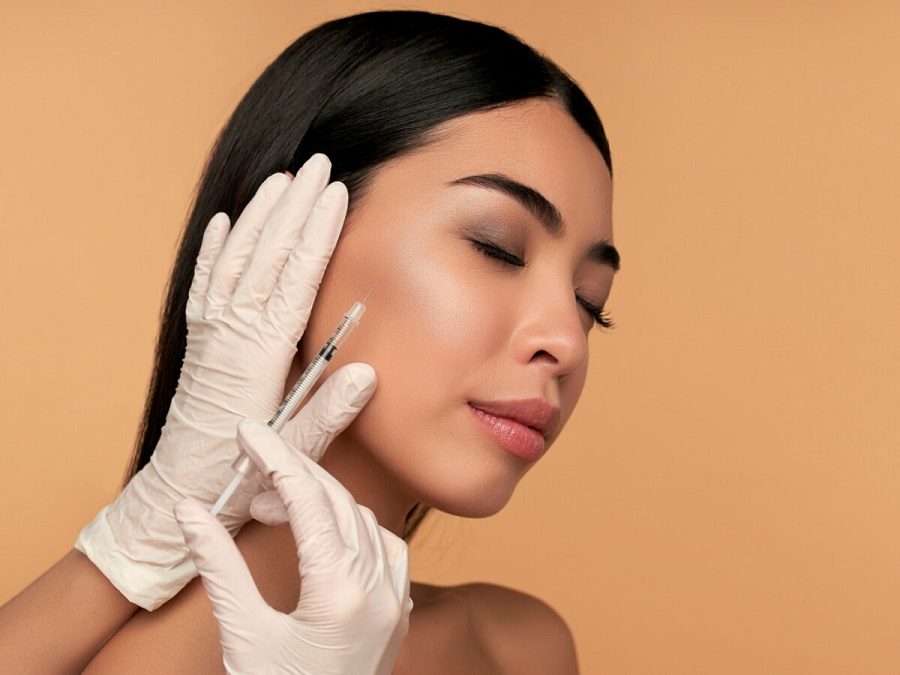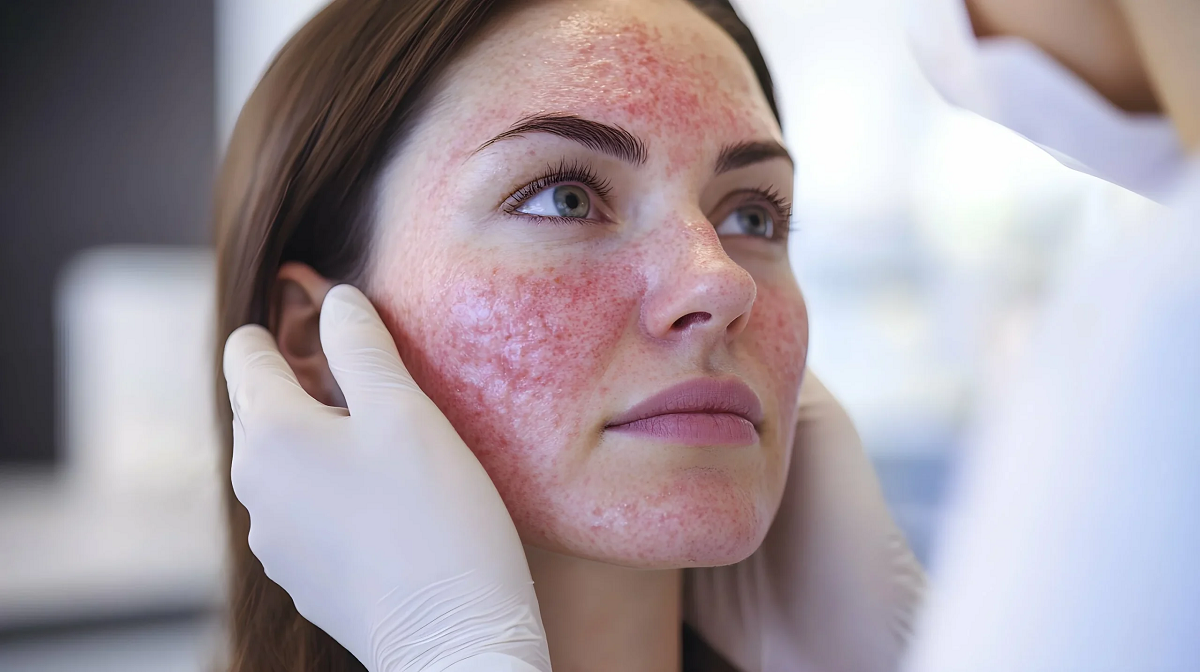Recovery Timeline: What to Expect During the Gynecomastia Healing Process

Strong 8k brings an ultra-HD IPTV experience to your living room and your pocket.
Gynecomastia, characterized by the enlargement of glandular tissue in males, can significantly impact one's physical appearance and self-esteem. For individuals opting for surgical intervention, understanding the recovery timeline is crucial for managing expectations and ensuring a smooth healing process.
Introduction to Gynecomastia:
Gynecomastia, often referred to as "man boobs," occurs due to hormonal imbalances, certain medications, or underlying health conditions. This condition can lead to psychological distress and social discomfort, prompting many to seek medical intervention.
Understanding the Gynecomastia Healing Process:
Pre-surgery Preparations:
Before undergoing gynecomastia surgery, patients will typically consult with a plastic surgeon to discuss their goals, medical history, and expectations. Pre-operative assessments, including physical examinations and laboratory tests, are conducted to ensure suitability for the procedure.
Surgical Procedure Overview:
Gynecomastia surgery, also known as male breast reduction, involves the removal of excess breast tissue through liposuction, excision techniques, or a combination of both. The specific approach chosen depends on the severity of gynecomastia and the patient's anatomical considerations.
Immediate Post-operative Period:
Following surgery, patients are monitored closely in a recovery area to assess their condition and address any immediate concerns. Pain medication is prescribed to manage discomfort, and instructions on wound care and activity restrictions are provided.
Short-Term Recovery:
During the first few days post-surgery, patients may experience swelling, bruising, and soreness in the treated area. Compression garments are worn to minimize swelling and support the healing process. Light activities are encouraged, while strenuous exercises and heavy lifting should be avoided.
Long-Term Healing and Results:
Over the coming weeks and months, the swelling gradually subsides, revealing the final outcome of the surgery. Scars from incisions fade over time, and patients can expect a flatter, more contoured chest appearance. Full results are typically noticeable within six months to a year.
What to Expect Immediately After Surgery:
Pain and Discomfort:
It's normal to experience some degree of pain and discomfort following gynecomastia surgery. Pain medication prescribed by the surgeon can help alleviate these symptoms, allowing for a more comfortable recovery.
Swelling and Bruising:
Swelling and bruising around the chest area are common side effects of gynecomastia surgery. Applying cold compresses and wearing compression garments can help reduce swelling and promote healing.
Bandages and Drains:
Bandages and surgical drains may be placed to collect excess fluid and prevent complications. These are typically removed during follow-up appointments as healing progresses.
Short-Term Recovery Period (1-2 Weeks):
Pain Management Strategies:
Taking prescribed pain medication as directed and avoiding strenuous activities can help manage discomfort during the initial recovery period.
Follow-up Appointments:
Regular follow-up appointments with the surgeon are essential to monitor healing progress, address any concerns, and remove sutures or drains as needed.
Restrictions and Limitations:
Patients are advised to refrain from activities that may strain the chest area, such as heavy lifting and vigorous exercise until cleared by their surgeon.
Long-Term Healing and Results:
Scar Healing Process:
Scars from gynecomastia surgery typically fade over time, becoming less noticeable with proper wound care and scar management techniques.
Final Results Timeline:
While initial improvements are visible shortly after surgery, the final results of gynecomastia surgery may take several months to fully manifest as swelling resolves and tissues settle.
Managing Expectations:
Realistic Outcomes:
Patients need to have realistic expectations regarding the outcomes of gynecomastia surgery. While significant improvements can be achieved, individual results may vary.
Psychological Adjustment:
Undergoing gynecomastia surgery can have a positive impact on self-confidence and body image. However, it's essential to address any lingering psychological concerns through counseling or support groups if needed.
Post-Surgery Care and Lifestyle Changes:
Diet and Exercise Recommendations:
Maintaining a healthy lifestyle, including a balanced diet and regular exercise, can help optimize surgical results and prevent the recurrence of gynecomastia.
Proper Wound Care:
Following the surgeon's instructions for wound care, including keeping the incision sites clean and avoiding excessive sun exposure, is crucial for promoting optimal healing.
Importance of Wearing Compression Garments:
Wearing compression garments as advised by the surgeon can help minimize swelling, support the surgical site, and enhance the overall healing process.
Potential Complications and How to Handle Them:
Infection Risks:
While rare, infection is a potential complication of gynecomastia surgery. Patients should watch for signs of infection, such as increased pain, redness, or discharge, and seek prompt medical attention if suspected.
Hematoma and Seroma:
Hematoma (blood accumulation) and seroma (fluid buildup) may occur following surgery. These are typically managed with drainage procedures performed by the surgeon.
Revision Surgery Considerations:
In some cases, revision surgery may be necessary to address residual glandular tissue or achieve optimal results. Patients should discuss any concerns with their surgeon to determine the appropriate course of action.
Conclusion:
The recovery timeline following Gynecomastia Surgery in Islamabad is a gradual process that requires patience and diligence. By understanding what to expect during each stage of healing and adhering to post-operative instructions, patients can achieve the best possible outcomes and regain confidence in their appearance.
FAQs:
Are there any risks associated with gynecomastia surgery?
Like any surgical procedure, gynecomastia surgery carries risks such as infection, bleeding, and adverse reactions to anesthesia. However, these risks are minimal when performed by a qualified plastic surgeon in a reputable facility.
Will gynecomastia surgery leave visible scars?
Scarring is inevitable with any surgical procedure; however, skilled surgeons use techniques to minimize scarring and ensure aesthetically pleasing results.
Can gynecomastia come back after surgery?
While gynecomastia surgery typically provides long-lasting results, weight fluctuations, hormonal changes, or certain medications may cause recurrence in some cases.
Note: IndiBlogHub features both user-submitted and editorial content. We do not verify third-party contributions. Read our Disclaimer and Privacy Policyfor details.







